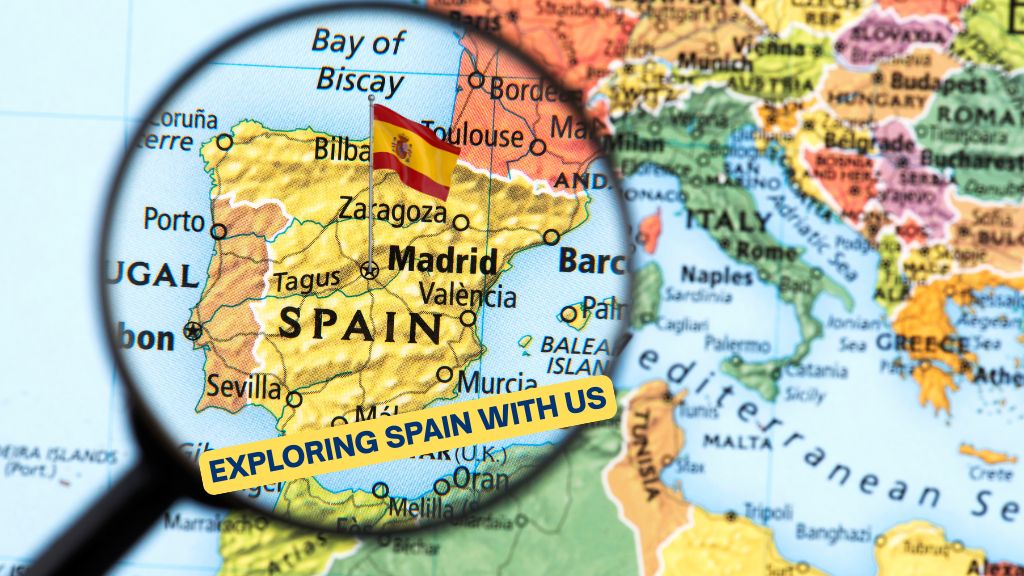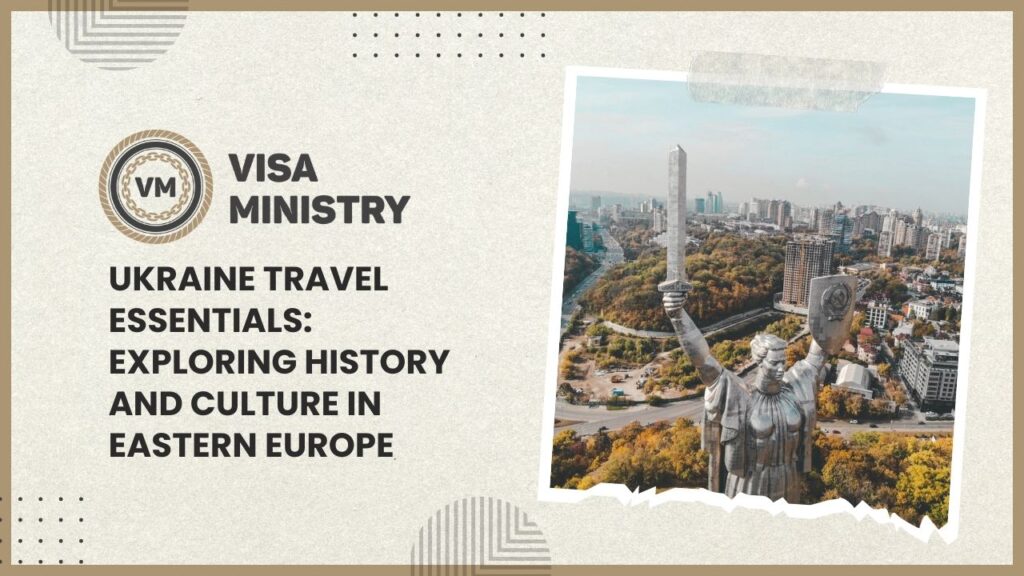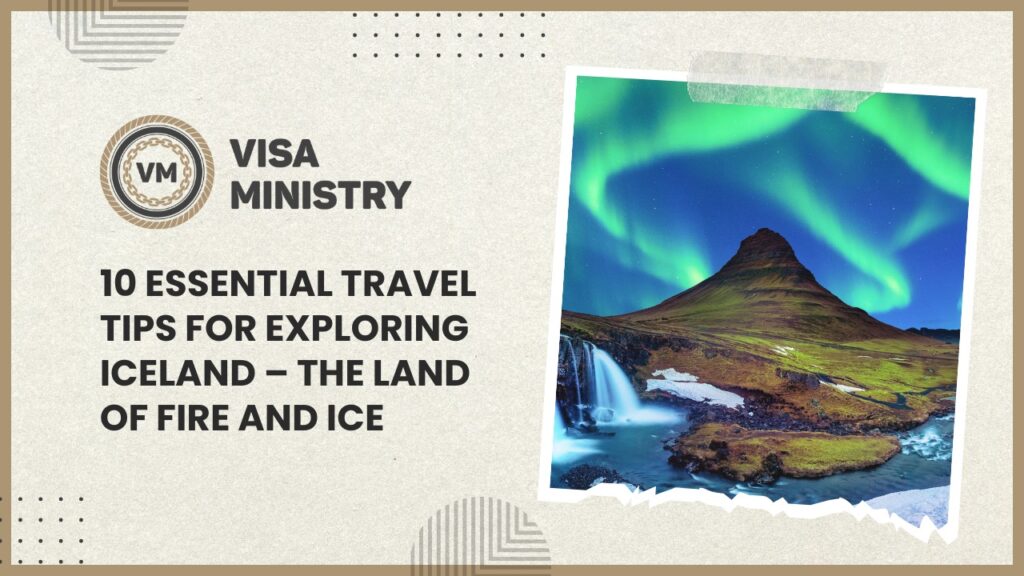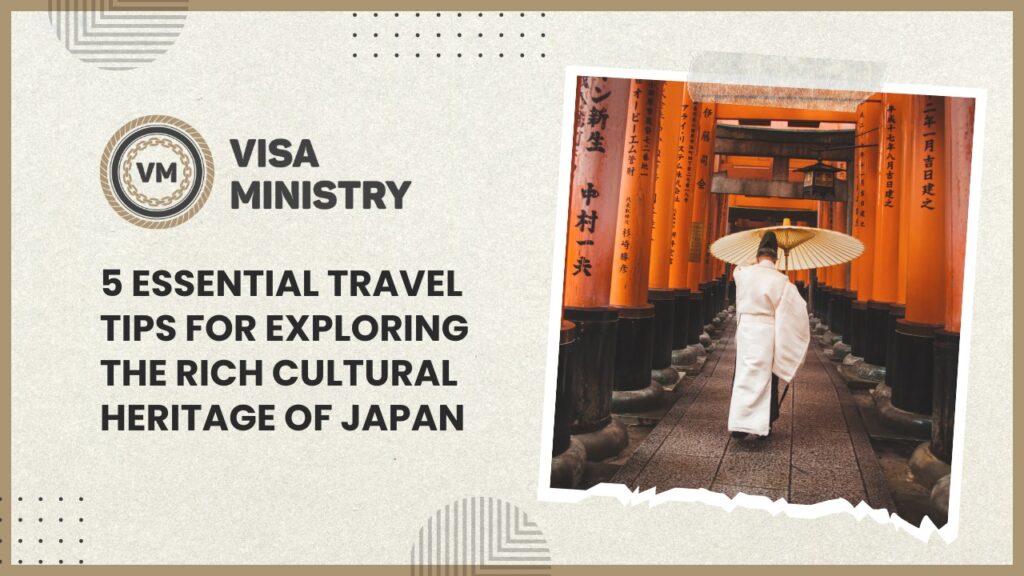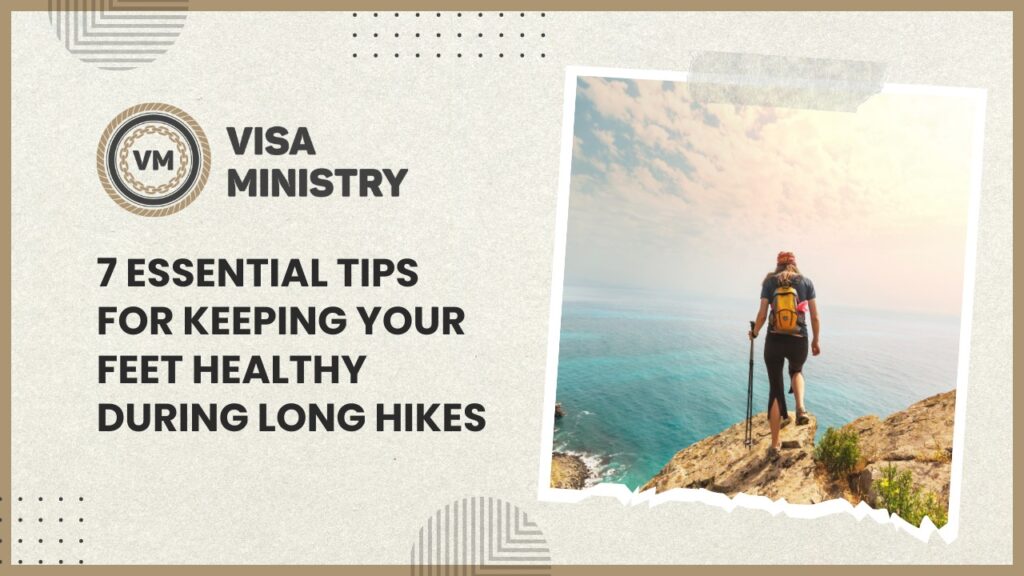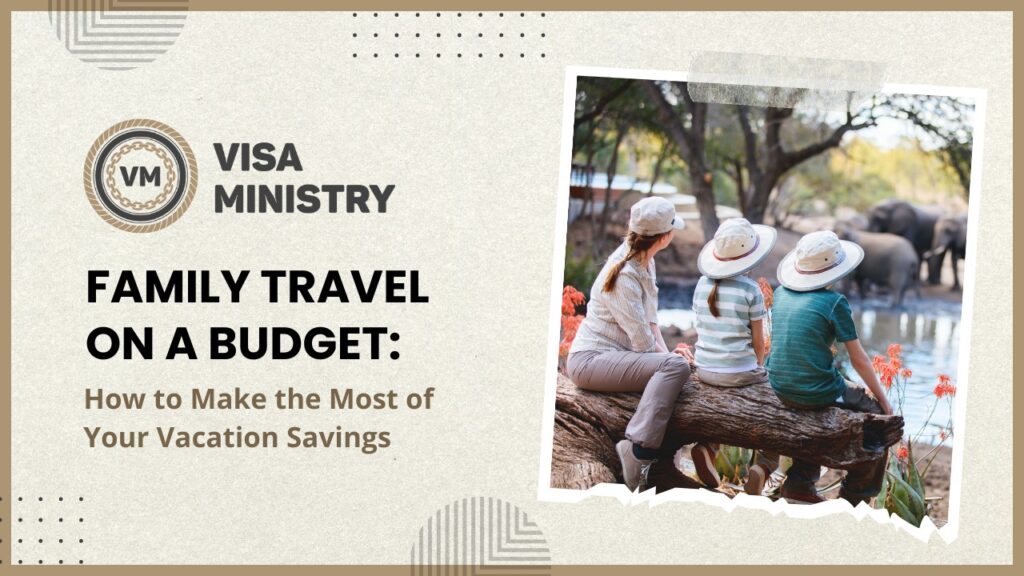Family vacations are an incredible opportunity to create lasting memories and fortify the bond between parents and children. Planning a journey that caters to the interests and desires of each youngsters and adults may be a challenge, however with a little research and preparation, it is possible to discover destinations and activities that provide a laugh for the whole family. In this article, we will explore some exciting family-friendly vacation ideas and highlight activities that will engage and entertain kids while ensuring parents can relax and enjoy themselves too. Beach Getaways Beach vacations are a classic choice for families, offering a perfect combination of relaxation and entertainment. The sandy shores and sparkling waters provide a natural playground for children, inviting them to let their imagination run wild. Kids can spend hours building sandcastles, digging moats, and creating intricate sculptures with their buckets and shovels. Splashing in the waves, swimming, and bodyboarding are also favorite activities that bring sheer joy to little ones. Parents, alternatively, can unwind by way of lounging at the seashore, soaking up the sun, and immersing themselves in an excellent book. They can take leisurely walks alongside the shore, feeling the gentle breeze and the nice and cozy sand under their feet. Beaches often offer rental services for equipment like kayaks, paddleboards, and snorkeling gear, providing opportunities for older children and adults to explore marine life and enjoy water sports activities. In addition to beachside fun, many coastal destinations have vibrant boardwalks or promenades lined with shops, arcades, and amusement parks. Families can enjoy thrilling rides, play games, and indulge in delicious treats like ice cream, cotton candy, and freshly made funnel cakes. Some beaches also host family-friendly events and concerts during the summer, adding an extra element of excitement to the vacation. Also read: 20 Tips For A Successful Trip To Thailand Theme Park Adventures Theme parks are a haven for family fun, offering a plethora of attractions and activities that cater to children of all ages and interests. The thrill-seekers in the family can experience heart-pounding roller coasters, where the adrenaline rush brings screams of delight. Gentler rides, such as carousels and Ferris wheels, are perfect for younger children who can’t get enough of the merry-go-round magic. Meeting beloved characters is a highlight of any theme park visit. Children can hug their favorite princess, pose for a photo with superheroes, or dance with friendly costumed mascots. These encounters create unforgettable moments and make children feel like they’ve stepped into a magical world. In addition to rides and character interactions, theme parks often offer live entertainment shows, parades, and fireworks displays. Spectacular performances featuring acrobats, dancers, and singers mesmerize audiences of all ages. The parks also have dedicated areas for younger children, with age-appropriate rides, interactive playgrounds, and water play areas to ensure that the little ones have a fantastic time as well. National Park Exploration For families who love the great outdoors, national parks offer a wealth of opportunities for adventure and exploration. Hiking trails wind through majestic landscapes, leading to stunning viewpoints, cascading waterfalls, and hidden natural wonders. Families can embark on nature walks, observing wildlife in their natural habitats and learning about the flora and fauna that thrive within the park. Many national parks also organize guided tours and educational programs specifically designed for children. Park rangers lead interactive activities, such as scavenger hunts, nature crafts, and Junior Ranger programs. These hands-on experiences ignite curiosity and foster a deeper appreciation for the environment. Kids can earn badges and certificates as they complete various tasks, enhancing their sense of accomplishment. Camping in national parks adds an extra layer of excitement to the family vacation. Setting up a tent, roasting marshmallows over a crackling campfire, and sharing stories under a star-filled sky create cherished memories. The experience of sleeping in nature’s embrace, surrounded by the sounds of nocturnal creatures, instills a sense of adventure and allows families to disconnect from the hustle and bustle of everyday life. Cultural City Tours City vacations can be both educational and entertaining, offering a blend of history, art, and diverse cultural experiences. Museums are treasure troves of knowledge and often provide interactive exhibits specifically designed for children. Kids can take part in hands-on activities, including solving puzzles, carrying out science experiments, and exploring interactive displays. Learning will become a fun and attractive experience as children immerse themselves in records, technology, art, or another challenge that piques their interest. Zoos and aquariums are another exciting attraction in cities, where kids can marvel at exotic animals and marine life from around the world. They can observe majestic elephants, playful dolphins, colorful tropical fish, and many other fascinating creatures up close. Some zoos even offer interactive experiences like feeding sessions or at the behind-the-scenes tours, supplying a unique opportunity for children to learn about animal behavior and conservation efforts. Exploring local markets and neighborhoods is a first-rate manner to introduce children to specific cultures and cuisines. Walking through bustling streets filled with vibrant colors, enticing aromas, and a diverse array of products engages all the senses. Families can sample delicious street food, purchase unique souvenirs, and interact with local vendors, fostering a sense of cultural appreciation and understanding. Attending family-friendly performances or festivals is yet another way to immerse in the cultural richness of a city. Whether it’s a live musical, a theatrical production, or a street festival celebrating local traditions, these events offer entertainment for all ages. Children can witness captivating performances, dance to lively music, and participate in workshops or activities designed specifically for them. Parents can also relish the opportunity to enjoy art, music, or theater while sharing these experiences with their children. Conclusion Whether it’s building sandcastles on a sunny seashore, exploring the wonders of a countrywide park, indulging in the thrill of a theme park, or immersing within the cultural richness of a city, there are endless destinations and activities that cater to each kid and parents. The key to a successful family vacation is finding
